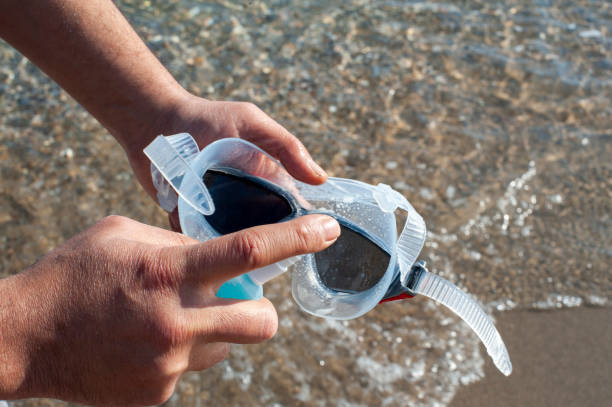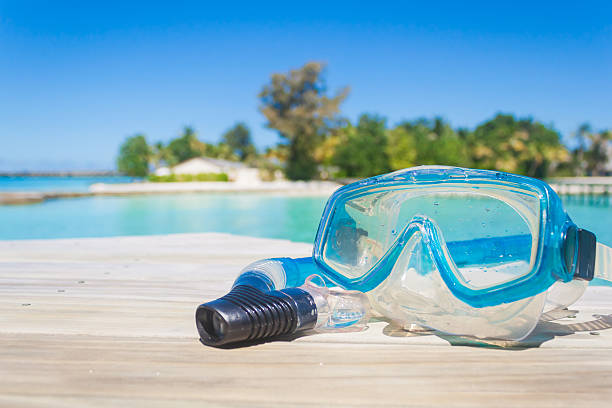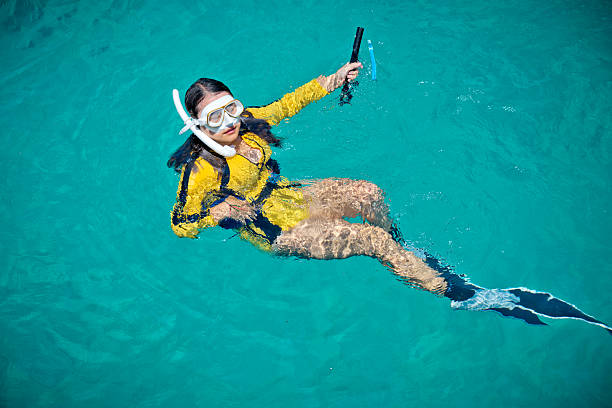Снорклинг — это фантастический способ исследовать подводный мир, но делать это при сильных течениях и волнах может быть рискованно. Чтобы обеспечить безопасный и приятный опыт, важно быть хорошо подготовленным и знать об окружающей обстановке. Вот 20 основных советов, которые помогут вам оставаться в безопасности во время снорклинга в сложных условиях.
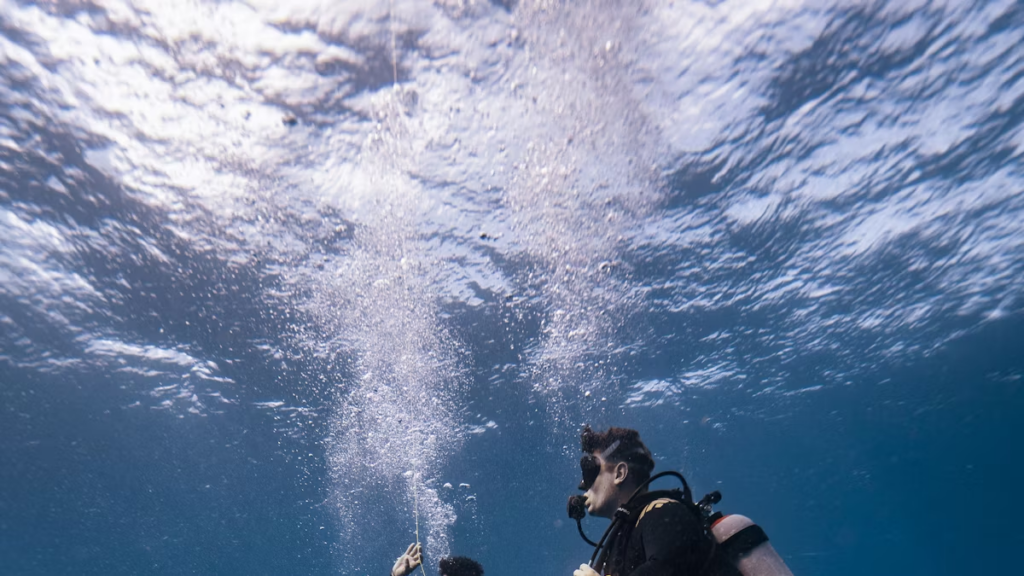
Понять состояние воды
Прежде чем войти в воду, убедитесь, что вы понимаете особенности течений и волн в выбранном вами месте для снорклинга. Например, Гавайские острова известны мощными обратными течениями, особенно в зимние месяцы. Напротив, на Большом Барьерном рифе часто более спокойные воды, но приливные течения все еще могут быть сильными. Кроме того, вы можете поискать информацию в Интернете, спросить местных жителей или проконсультироваться в дайвинг-центре. Знание того, чего ожидать, поможет вам подготовиться морально и физически.
Планируйте свой вход и выход
Выбор правильных точек входа и выхода может иметь огромное значение. Например, в таких местах, как залив Ханаума на острове Оаху, обозначенные точки входа и выхода четко обозначены, чтобы направлять любителей подводного плавания подальше от опасных зон. Избегайте скалистых участков или мест с сильным прибоем, так как они могут быть опасны. Правильное планирование может уберечь вас от борьбы с сильным течением с самого начала.
Проверьте местные карты приливов и отливов
Графики приливов могут существенно влиять на состояние воды. Например, на Мальдивах приливы могут сильно меняться, создавая сильные течения в часы пик. Планируйте свое плавание с маской и трубкой в соответствии с приливами, чтобы избежать самых сильных течений. Обычно самым безопасным временем для плавания с маской и трубкой является слабый прилив (период между приливом и отливом).
Используйте подходящее снаряжение для подводного плавания
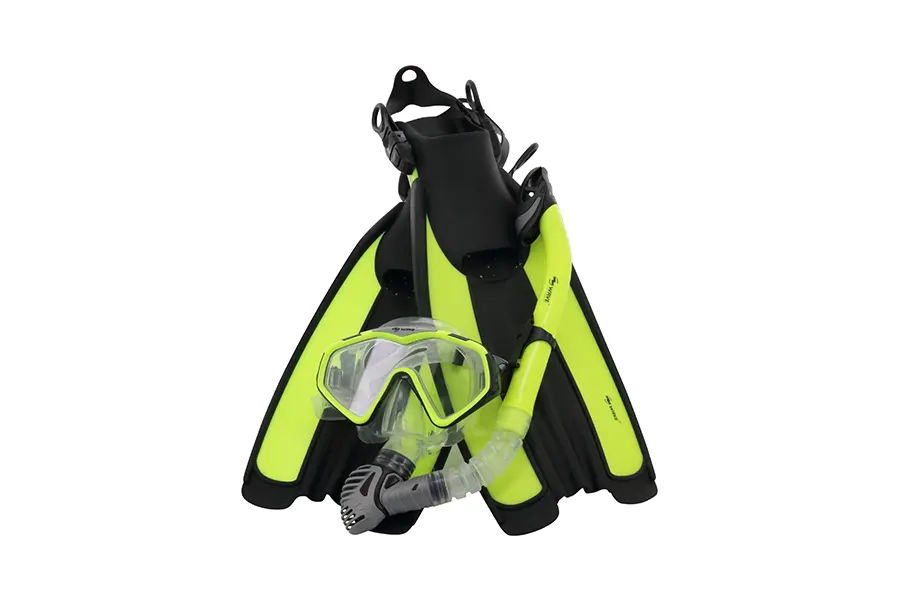
Вооружитесь правильным оборудование и снаряжение для подводного плавания. В сильных течениях плавники обеспечивают лучшее движение, облегчая навигацию. Например, продвинутые любители подводного плавания на Галапагосских островах используют плавники для управления сильным течением. Плавучий жилет может обеспечить дополнительную плавучесть, помогая вам оставаться на поверхности с меньшими усилиями, облегчая отдых и экономя энергию.
Оставайтесь близко к берегу
Нахождение вблизи берега может обеспечить большую защиту от сильных течений и волн. В таких местах, как Shark's Cove на Гавайях, снорклинг вблизи берега обеспечивает безопасную и контролируемую среду, особенно для новичков. Чем дальше вы уходите, тем сильнее могут становиться течения, поэтому безопаснее держаться ближе к земле.
Плавайте с маской и трубкой с другом
Никогда не ныряйте с маской и трубкой в одиночку, особенно при сильном течении. Напарник может оказать взаимную поддержку и помощь, если кто-то из вас попадет в беду. Например, в таких местах, как бухта Ла-Хойя в Калифорнии, любители ныряния с маской и трубкой часто объединяются в пары, чтобы обеспечить безопасность во время исследования яркой морской жизни.
Научитесь определять обратные течения
Течения отбоя могут быть особенно опасны. Научитесь распознавать их признаки, такие как заметное изменение цвета воды или канал бурлящей, неспокойной воды. Например, на пляжах Флориды часто есть знаки и флаги, указывающие на условия течения отбоя, чтобы помочь пловцам и любителям подводного плавания оставаться в безопасности.
Плывите параллельно берегу
Если вы все же оказались в отбойном течении, не паникуйте. Плывите параллельно берегу, а не прямо против течения. Например, спасатели в Австралии часто советуют пловцам плыть параллельно, чтобы избежать захвата отбойного течения. Как только вы выберетесь из течения, вам будет легче доплыть обратно к берегу.
Сохраняйте спокойствие и плывите по течению
Если вы боретесь с сильным течением, сберегите силы, плывя на спине. Это поможет вам сохранять спокойствие и перевести дух, пока вы обдумываете свой следующий шаг. В таких местах, как пляж Бонди в Австралии, спасатели рекомендуют плавание как способ выживания, если вы попали в сильное течение.
Используйте природные особенности для укрытия
Скалы, рифы и другие природные особенности могут стать барьерами против сильных волн и течений. Например, в филиппинском Эль-Нидо любители подводного плавания часто используют известняковые скалы и коралловые образования в качестве укрытий, чтобы избежать сильных волн и течений. Используйте эти особенности в своих интересах, расположившись позади них для передышки.
Утиное ныряние под волны
При столкновении с надвигающимися волнами ныряйте под них, а не пытайтесь переплыть их. Этот прием поможет вам сохранить положение и избежать отталкивания волнами. Например, серферы и любители подводного плавания на Мауи, Гавайи, используют ныряние с утками, чтобы эффективно перемещаться по волнам.
Пинайте ластами
Ваши ласты — ваши лучшие друзья в сильных течениях. Используйте сильные, последовательные толчки, чтобы перемещаться по воде. Например, дайверы в сильных течениях Косумеля, Мексика, в значительной степени полагаются на свои ласты для продвижения и контроля. Это даст вам больше контроля и поможет двигаться более эффективно.
Управляйте собой
Поддерживайте постоянный темп, чтобы избежать истощения. Быстрые или панические движения могут быстро утомить вас, что усложнит борьбу с течениями. Не торопитесь и оставайтесь расслабленными. В таких местах, как Красное море, опытные ныряльщики знают, что самоконтроль помогает им сохранять энергию для более длительных заплывов.
Ищите Эдди
Водовороты — это области более спокойной воды, созданные препятствиями, такими как камни или рифы. Используйте эти места, чтобы отдохнуть или легче ориентироваться. В таких местах, как Галапагосские острова, любители подводного плавания часто используют водовороты, образованные вулканическими породами, чтобы сделать перерыв и избежать сильных течений.
Постоянно контролируйте свое положение
Регулярно проверяйте свое положение относительно берега и ориентиров. Это поможет вам оставаться ориентированным и не уходить слишком далеко от исходной точки или безопасных зон. Например, любители подводного плавания на Симиланских островах в Таиланде следят за своим положением, чтобы не попасть в более сильные течения или зоны движения лодок.
Используйте дрейфовое подводное плавание
Дрейфовый снорклинг подразумевает, что течение несет вас по заранее определенному пути. Это отличный способ покрыть больше пространства с меньшими усилиями. В таких местах, как Бонэйр, дрейфовый снорклинг популярен из-за постоянных течений, которые направляют любителей подводного плавания вдоль рифа. Просто убедитесь, что вы знаете, где вы выйдете из воды, чтобы не оказаться в опасном месте.
Оставайтесь на дне воды
Горизонтальное положение тела и близость к поверхности воды уменьшают сопротивление течению. Такая поза помогает двигаться эффективнее и с меньшими усилиями. Например, на Багамах любители подводного плавания принимают эту позу, чтобы без усилий скользить по коралловым рифам.
Практика аварийных сигналов
Изучите и отработайте аварийные сигналы рукой. Ношение свистка также может быть полезным, чтобы предупредить вашего приятеля или ближайшие лодки, если вам нужна помощь. Умение быстро и эффективно общаться имеет решающее значение в чрезвычайных ситуациях. В многолюдных местах для сноркелинга, таких как залив Ханаума, наличие свистка и знание сигналов рукой может иметь большое значение.
Будьте в курсе движения судов
Избегайте мест с интенсивным движением судов, особенно в бурных водах. Судам может быть трудно увидеть любителей подводного плавания, что может привести к опасным ситуациям. В таких местах, как Ки-Уэст, любителям подводного плавания рекомендуется оставаться в специально отведенных местах, чтобы избежать конфликтов с судами.
Приготовьтесь к внезапным переменам
Состояние воды может быстро меняться. Будьте готовы к внезапным изменениям течений и волн и всегда имейте план, как быстро выйти из воды в случае необходимости. В таких регионах, как Карибское море, внезапные изменения погоды — обычное дело, поэтому готовность может помочь вам оставаться в безопасности.
Заключение
Сноркелинг в сильных течениях и волнах может быть захватывающим опытом, но он требует тщательного планирования и осведомленности. Следуя этим 20 советам, вы сможете повысить свою безопасность и наслаждаться красотой подводного мира без ненужного риска. Всегда ставьте безопасность на первое место и помните, что океан непредсказуем. Счастливого снорклинга!
Часто задаваемые вопросы
В1: Что делать, если я попал в обратное течение?
Если вы попали в обратное течение, сохраняйте спокойствие, плывите, чтобы экономить энергию, и плывите параллельно берегу, пока не выйдете из течения. Затем плывите обратно к берегу.
В2: Как определить обратное течение?
Отбойные течения часто имеют заметную разницу в цвете воды, канал бурлящей, неспокойной воды или линию пены или мусора, движущуюся в сторону моря.
В3: Почему важно заниматься сноркелингом с напарником?
Плавание с маской и трубкой с напарником обеспечивает взаимную поддержку и помощь, повышая безопасность в случае, если кто-то из вас столкнется с трудностями или чрезвычайной ситуацией.
В4: Когда лучше всего заниматься сноркелингом, чтобы избежать сильных течений?
Лучшее время для сноркелинга — период между приливом и отливом, когда течения обычно самые слабые.
В5: Какое снаряжение необходимо для подводного плавания в условиях сильного течения?
Необходимое снаряжение включает в себя ласты для лучшего продвижения вперед, спасательный жилет для дополнительной плавучести, свисток для подачи сигналов, а также хорошо подобранную маску и трубку.
